We teamed up with local NGO Madagasikara Voakajy to carry out biodiversity surveys in this amazing area which includes a range of species, from the tiny golden mantella frog to the much bigger, iconic indri, the largest living lemur. Four main groups were surveyed during the annual expedition
Amphibians, reptiles and invertebrates
We’ve been working with Madagasikara Voakajy for years surveying the Critically Endangered golden mantella frog in Mangabe. Only found in the district of Moramanga in Eastern Madagascar, these colourful frogs are threatened by habitat loss due to slash-and-burn agriculture, legal and illegal mining and conversion of their breeding ponds into rice fields.
Following the creation of the new Mangabe Protected Area, 94 breeding ponds were identified and the estimation of the golden mantella population size using capture-mark-recapture techniques started in 2014.
Now that we have a good idea of the size of the population and of the microclimatic conditions at the locations occupied by the frogs, we wanted to get a better idea of the other species found in this ecosystem.
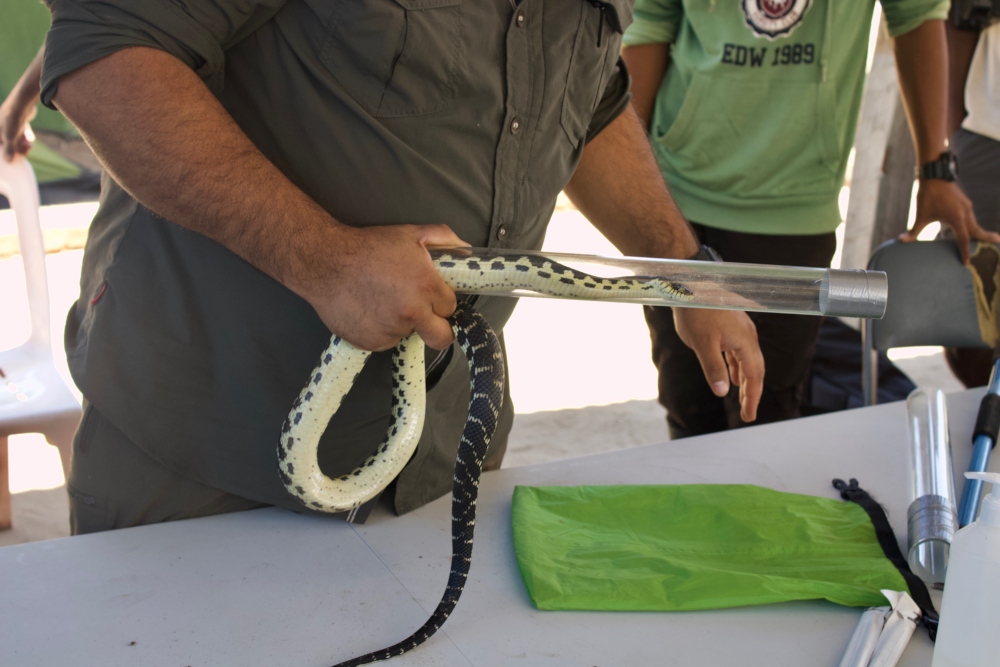
To do so, a simple capture-release method was employed. Each morning the team surveyed a series of pitfall traps with the help of local guides. Any small animals collected by the traps during the previous day were identified and measured before being released back into the wild from where they were found.
The team recorded environmental conditions such as humidity, air temperature and soil temperature each day and also recorded the GPS coordinates of every golden mantella found on their walk to the transects.
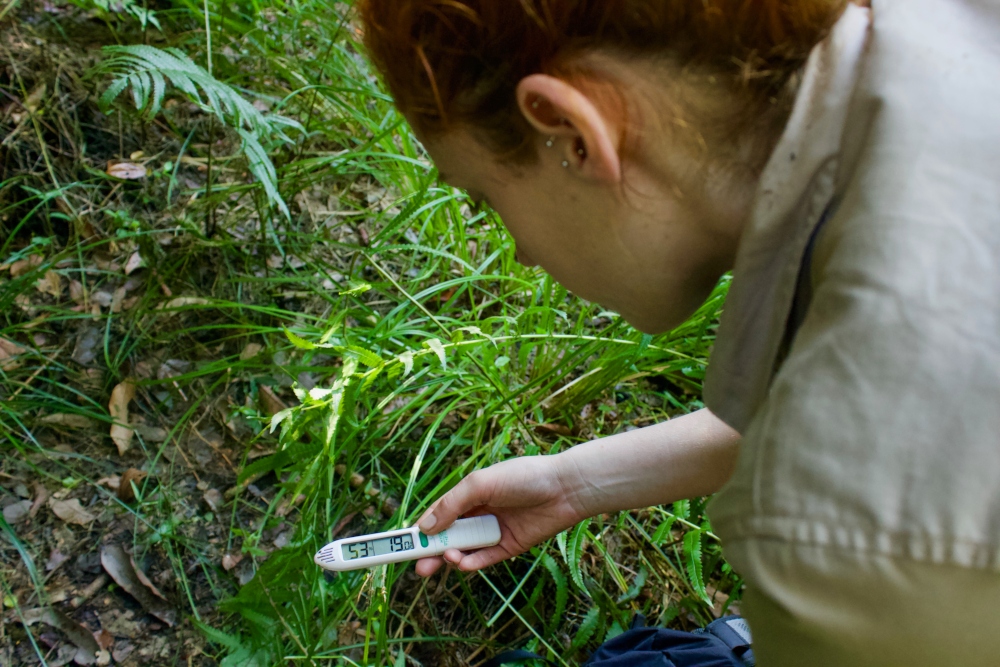
Birds
Many bird species found in Madagascar are endemic to the island and so are not found anywhere else in the world. This makes the area extremely attractive for birdwatchers who are keen to add new species to their list. However, birdwatchers visiting Madagascar usually visit popular tourist spots such as Andasibe National Park and don’t tend to explore Mangabe New Protected Area.
To help Madagasikara Voakajy develop ecotourism in the region, we sent two bird experts to Mangabe to inventory the birds present there. Each day, the team headed out for long walks around Mangabe to conduct surveys in areas that Madagasikara Voakajy hope to take visitors on tours. The idea behind those surveys was to assess the potential value of the area as a birding destination.
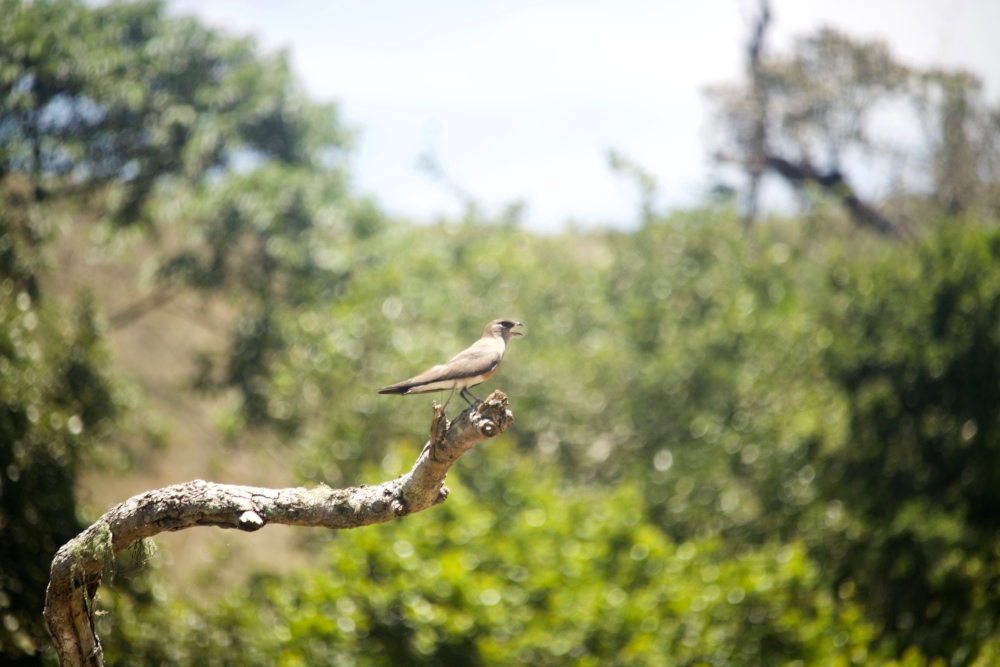
On each walk, the team noted down all the species they encountered with the help of local guides and also recorded their GPS coordinates so that we could get an idea of which birds were found where and if there were any ‘hotspots’. The survey showed that a huge diversity of birds are present in Mangabe, including some species that are not found in Andasibe, making it an attractive location for ecotourism and birdwatching.
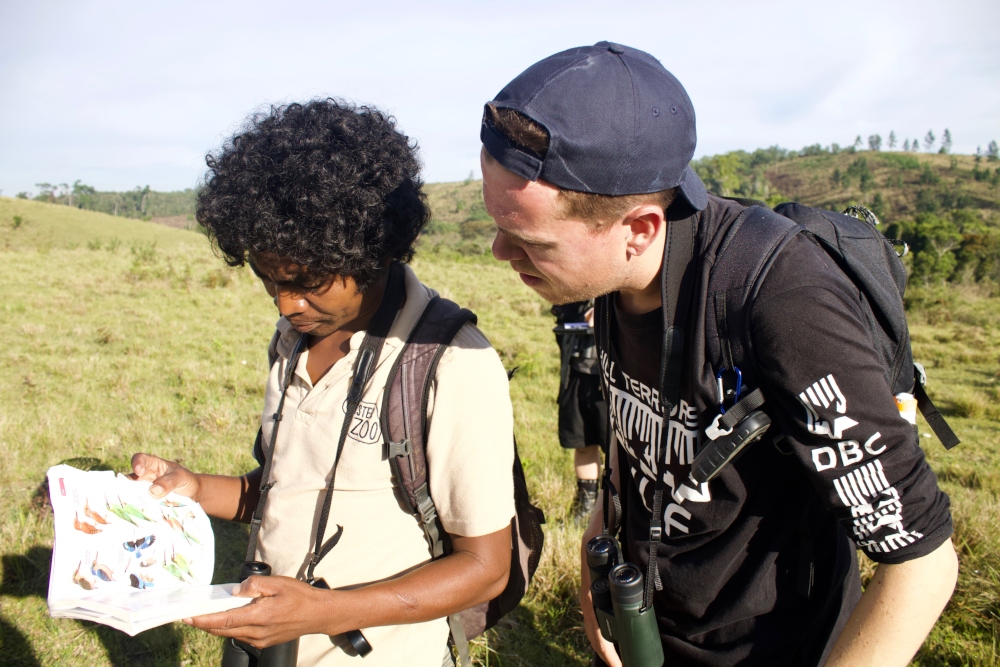
Lemurs
Emblematic of Madagascar, lemurs are undergoing severe declines due to habitat degradation and hunting for bushmeat. Just as the country as a whole is a global concern, the lemur fauna of Madagascar is the single highest primate conservation priority in the world.
Mangabe hosts at least nine out of the 110 species of lemurs present on the island. In 2015, the area was awarded the status of protected area, in recognition of its biological importance and to help combat further habitat degradation. Many communities in the region still utilise destructive slash-and-burn agriculture, encroaching on lemurs’ habitats for their livelihood and hunting of this distinctive animal as a source of animal protein also occurs.
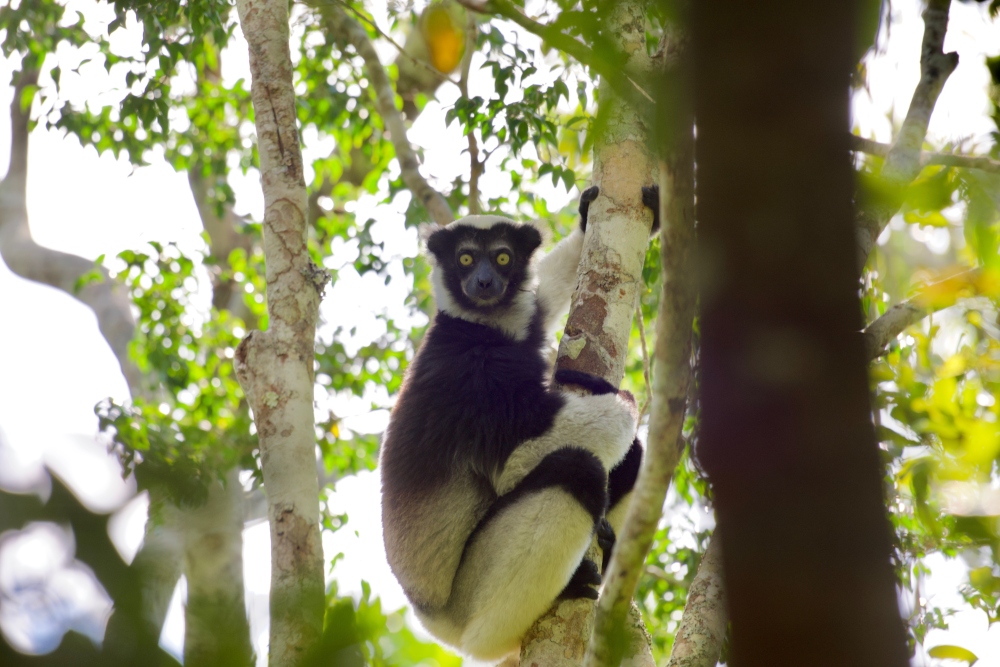
We’ve been supporting Madagasikara Voakajy to conduct surveys in Mangabe to monitor the trends in diurnal (active during the day) lemur distribution, habitat quality and threats. Camera traps were also installed to record nocturnal (active during the night) lemurs such as aye-aye.
The team conducting the lemur surveys walked specific trails each day, trying to find diurnal lemurs. If a lemur was found, the team recorded the GPS location of the encounter and then conducted an hour-long observation of the individual by following it through the forest. At night, the team headed back to a different trail with torches to record any nocturnal lemurs they could see.
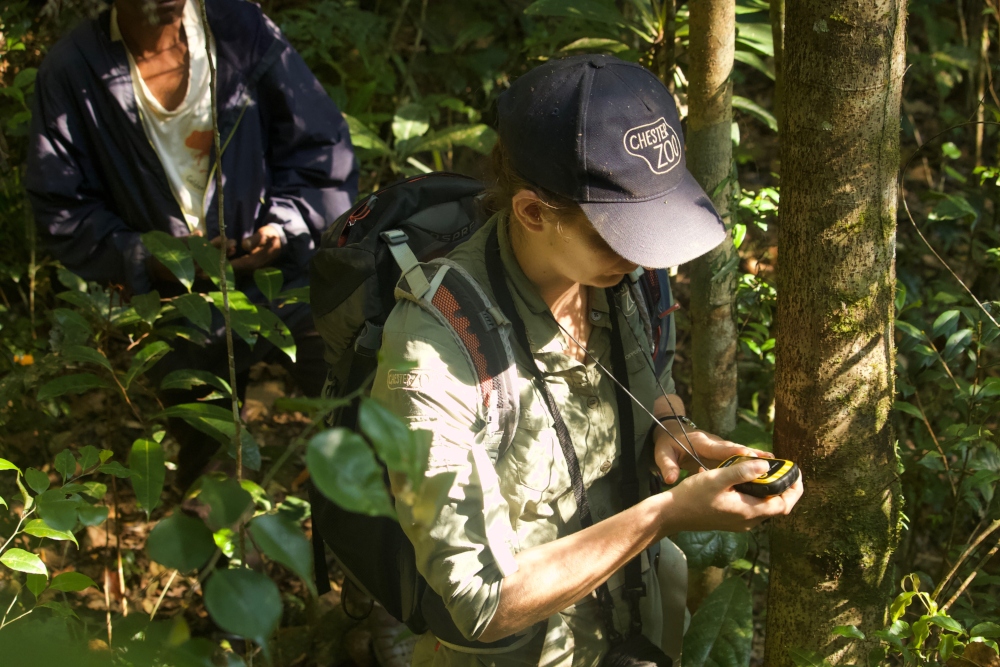
Small mammals
Very little is known about the small mammals present in Mangabe New Protected Area so we conducted an initial survey to gather some information. The protocol set up by one of our experts included installing Sherman traps, (see picture) in various locations of the forest. Baited with peanut butter, these traps were covered with leaves and grass to disguise their appearance and were checked regularly. Camera traps were also installed near some of those traps so that we could also record bigger species that might walk by.
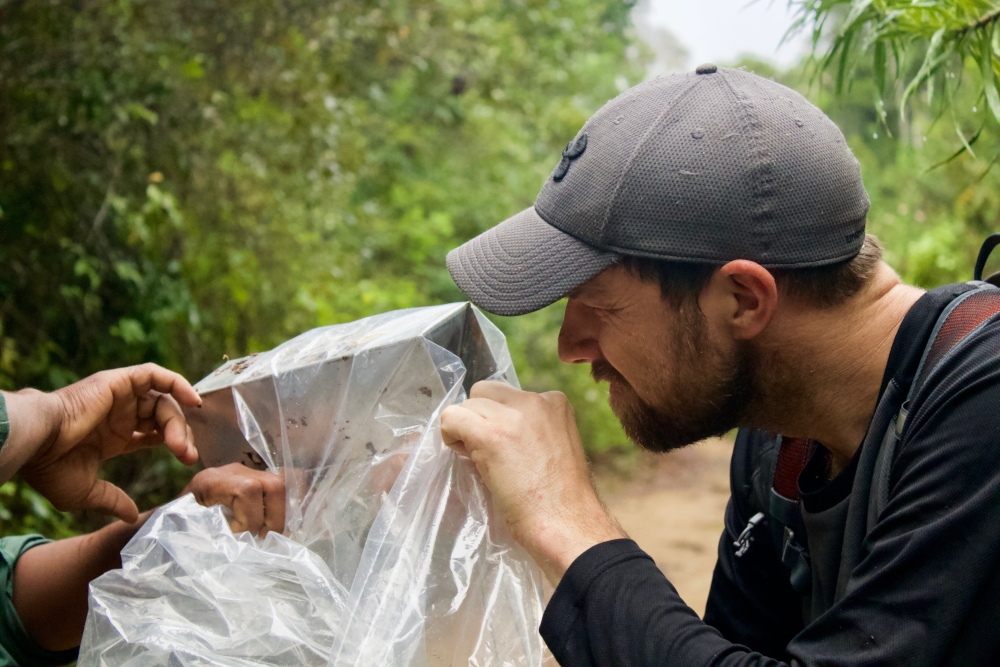
Each day the team walked specific transects and checked each of the Sherman traps. If tripped, the team carefully emptied the trap into a container enabling them to identify and measure the small mammal, before releasing them. Some small mammals were also found by the team in charge of the pitfall traps and brought back to camp for identification.
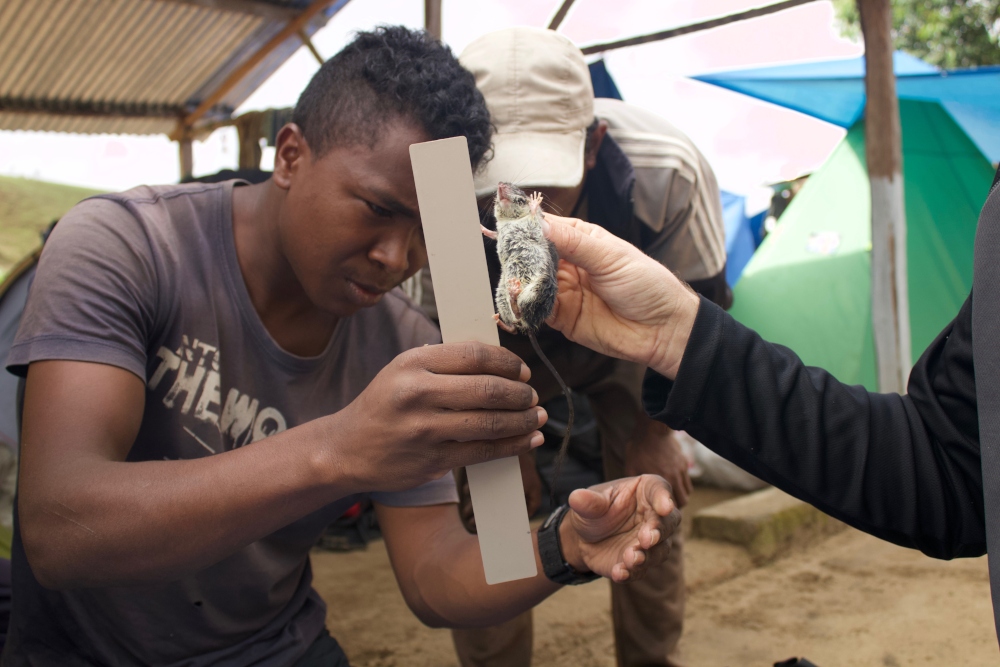
NOW is the time to ACT FOR WILDLIFE. Conservation is CRITICAL; species are under threat. TOGETHER we can make a BIG difference. Take action TODAY and join us in PREVENTING EXTINCTION.